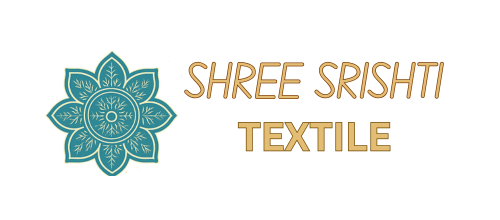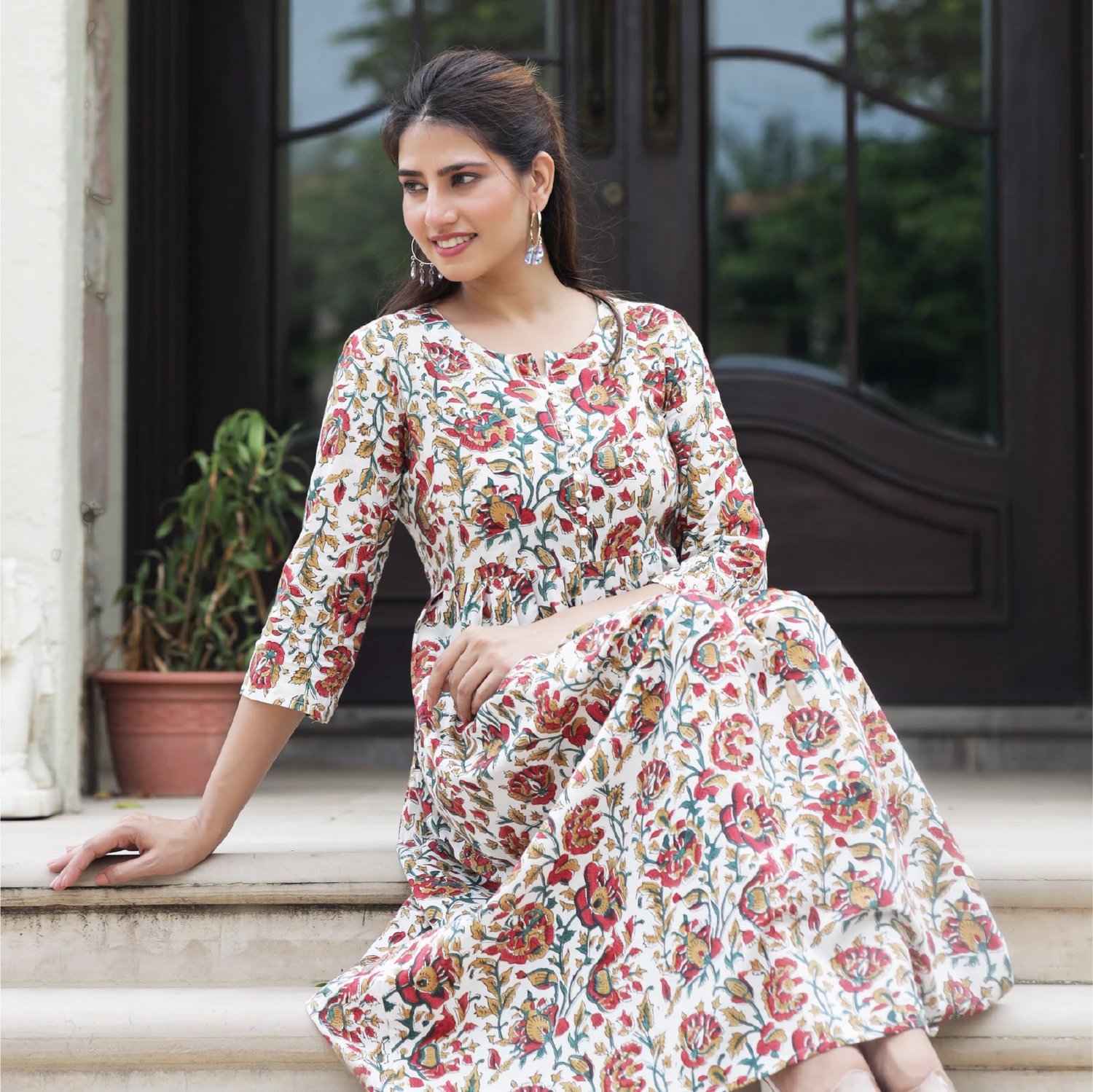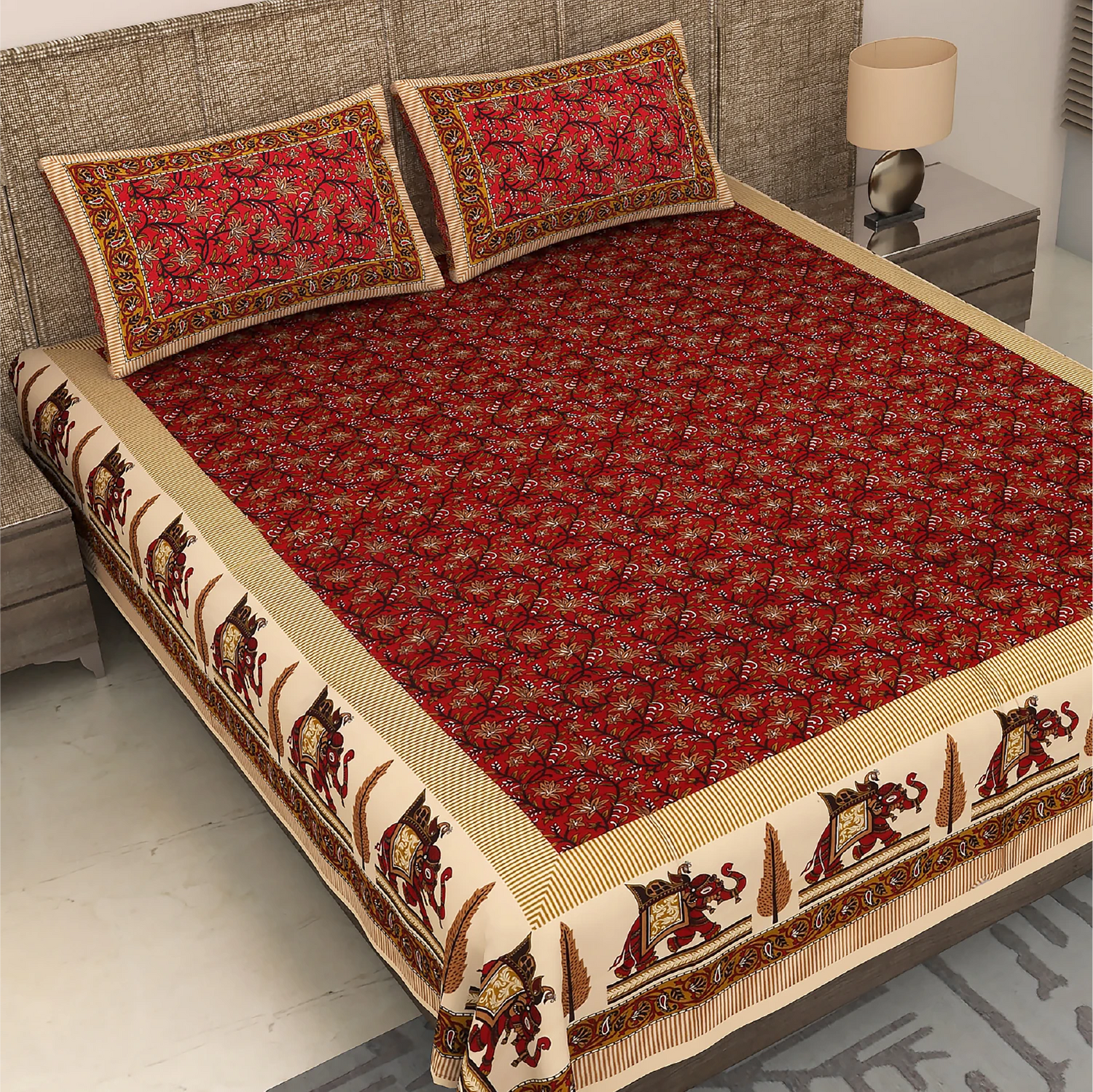
The Art of Bagru Printing: Tradition Meets Modernity
Share
Bagru printing is one of the oldest and most revered textile printing techniques in India, deeply rooted in the rich cultural heritage of Rajasthan. Known for its unique blend of traditional craftsmanship and vibrant natural dyes, Bagru printing has evolved over the years, harmonizing ancient artistry with modern fashion sensibilities. In this blog post, we will explore the fascinating world of Bagru printing, its historical significance, and how it continues to thrive in the modern era.
The Origins of Bagru Printing
Bagru printing traces its origins to a small village named Bagru, located about 30 kilometers from Jaipur. This ancient craft has been practiced by the Chhipa community for over 300 years, who are master artisans in the art of block printing. The technique involves the use of wooden blocks that are meticulously carved by hand to create intricate designs. These blocks are then dipped into natural dyes and stamped onto fabrics, typically cotton, to create stunning patterns that reflect the rich cultural tapestry of Rajasthan.
What sets Bagru printing apart is its reliance on natural materials. The dyes used are derived from plants, minerals, and other natural resources, making it an eco-friendly and sustainable art form. Indigo, turmeric, and pomegranate peels are just a few of the natural elements used to create the vibrant hues in Bagru-printed fabrics.
The Process of Bagru Printing
The traditional process of Bagru printing is labor-intensive and requires a high level of skill and precision. It involves several steps, each crucial in achieving the final look of the fabric. Here is a brief overview of the process:
-
Preparation of the Fabric: The cotton fabric is first washed and soaked in a mixture of water and fuller’s earth, which acts as a natural bleach to remove any impurities. This helps the fabric absorb the natural dyes more effectively.
-
Making the Dyes: The natural dyes are prepared using ingredients like indigo for blue, madder root for red, and turmeric for yellow. These dyes are completely organic, ensuring that Bagru printing is environmentally sustainable.
-
Block Carving: Skilled artisans hand-carve the wooden blocks that are used to create patterns on the fabric. These blocks are passed down through generations and often feature intricate floral, geometric, and nature-inspired designs.
-
Printing the Fabric: The carved blocks are dipped into the dye and stamped onto the fabric in a methodical manner. Each color is applied separately, requiring a great deal of precision to align the patterns perfectly.
-
Final Washing: After the printing is complete, the fabric is washed to remove excess dye and set the colors. This gives the fabric its distinct, vibrant appearance.
Bagru Printing in Modern Fashion
Although Bagru printing is steeped in tradition, it has seamlessly transitioned into the modern fashion landscape. Today, Bagru-printed fabrics are used in a wide array of clothing, home decor, and accessories. Designers and fashion brands across the world have embraced Bagru prints for their earthy, bohemian appeal and their commitment to sustainability.
One of the reasons Bagru printing continues to thrive is its adaptability. While the traditional motifs are still popular, contemporary designers are experimenting with bolder patterns and colors, blending the old with the new. This has helped Bagru printing remain relevant in the global fashion market, appealing to both heritage lovers and modern fashion enthusiasts.
Why Choose Bagru-Printed Fabrics?
Choosing Bagru-printed fabrics is not just about aesthetics; it’s about supporting an ancient craft that is environmentally conscious and ethically produced. Here are a few reasons why Bagru printing is a great choice for your wardrobe or home:
-
Sustainability: Bagru printing uses natural dyes and organic cotton, making it an eco-friendly option in a world increasingly concerned with the environmental impact of fast fashion.
-
Handcrafted Artistry: Each piece of Bagru-printed fabric is a work of art, handcrafted by skilled artisans who have perfected their craft over generations. This level of artistry is rare in mass-produced textiles.
-
Cultural Significance: Wearing or using Bagru-printed fabrics is a way to connect with India’s rich cultural heritage. The patterns often reflect traditional Rajasthani motifs, offering a glimpse into the region’s history and artistic legacy.
-
Unique Designs: No two Bagru prints are exactly the same, as the process is done entirely by hand. This means that each piece is unique, with its own character and imperfections that add to its charm.
Conclusion
The art of Bagru printing is a testament to the enduring beauty of traditional craftsmanship. While the world moves towards mass production and synthetic materials, Bagru printing stands as a beacon of sustainability, heritage, and artistic expression. By choosing Bagru-printed fabrics, you are not only embracing timeless style but also supporting the artisans who keep this age-old craft alive.
Whether you’re looking for vibrant sarees, elegant kurtis, or unique home decor items, Bagru printing offers a wide range of options that blend tradition with modernity. Explore the exquisite world of Bagru prints and bring a touch of Rajasthan’s artistic heritage into your life.







